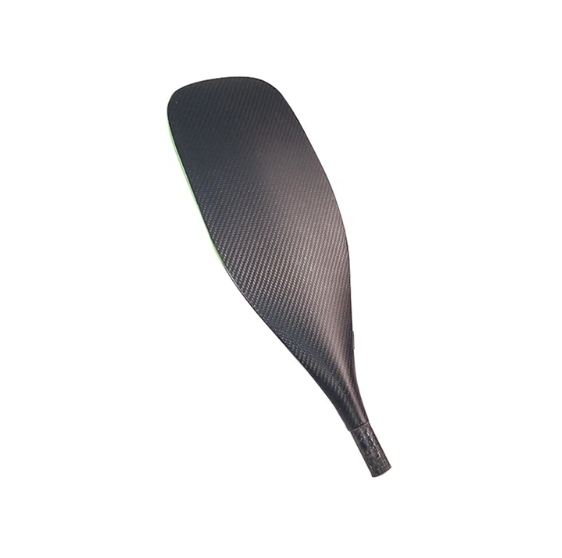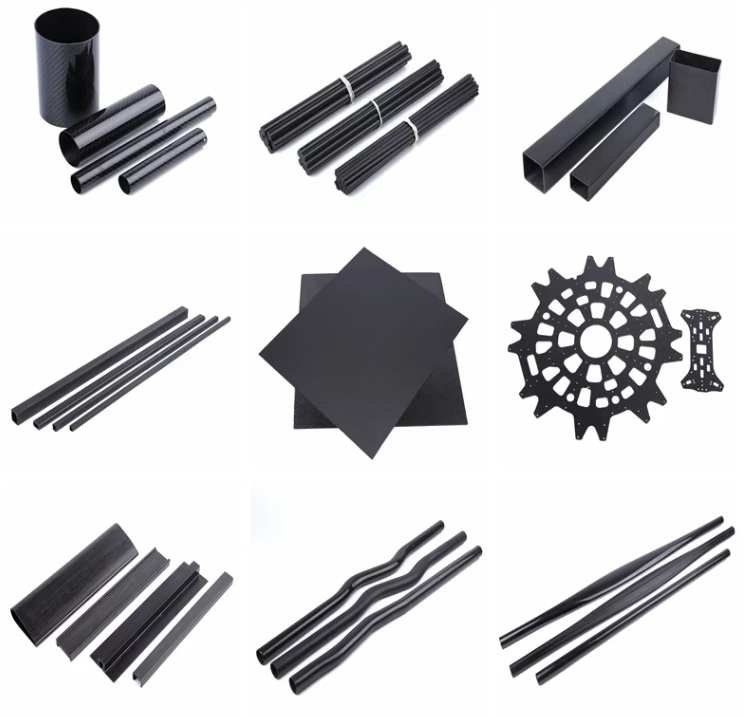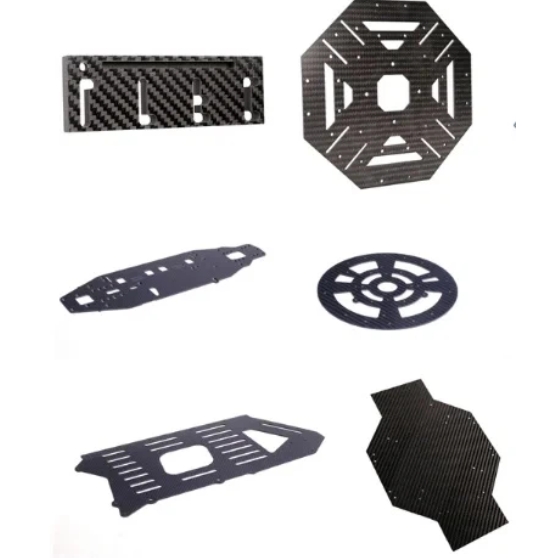In the dynamic realm of water – based activities, carbon fiber has emerged as a transformative material, significantly influencing the design and functionality of yachts and oars. Its unique attributes render it a prime choice for enhancing performance, durability, and overall user experience in these marine applications. Jiaxin Carbon Fiber has been in operation for 17 years. It must be your best choice.
Carbon Fiber in Yacht Construction

1.Exceptional Strength – to – Weight Ratio
One of the most compelling advantages of carbon fiber in yacht building is its remarkable strength – to – weight characteristic. Carbon fiber composites possess extraordinary strength, while being substantially lighter than traditional materials such as steel or aluminum. This lightweight quality is of utmost importance for yachts. A lighter yacht demands less energy to navigate through water, translating into enhanced fuel efficiency. In the case of sailing yachts, it enables swifter acceleration and superior maneuverability. The reduced weight also alleviates stress on the hull, rigging, and other components, thus extending the vessel’s lifespan.
2.Superior Corrosion Resistance
The marine environment is notoriously harsh, with saltwater constantly menacing the integrity of boat materials. Unlike metals that are prone to rust and degradation over time, carbon fiber remains impervious to saltwater corrosion. Yachts crafted from carbon fiber consequently require minimal maintenance and can endure diverse sea conditions over an extended period.
3.Design Flexibility
Carbon fiber offers yacht designers unparalleled creative freedom. Complex and aerodynamic shapes can be easily realized using carbon fiber composites, optimizing the yacht’s performance. The material can be molded into sleek hulls that minimize drag as the yacht glides through the water. This not only boosts speed but also elevates the yacht’s aesthetic appeal.
Carbon Fiber Oars: Revolutionizing Rowing

1.Enhanced Power Transfer and Reduced Fatigue
Carbon fiber oars lightweight nature allows rowers to move them more rapidly through water. With less effort needed for each stroke, rowers can maintain a higher stroke rate, which is crucial for achieving greater speeds in competitive rowing. Simultaneously, carbon fiber’s high strength ensures that the oars can withstand the intense forces exerted during each rowing motion. They are far less likely to break or bend compared to traditional wooden oars, providing rowers with a more reliable and long – lasting implement.
2.Improved Balance
Carbon fiber oars also excel in balance. The material can be precisely engineered to distribute weight evenly along the oar’s length, providing rowers with a more comfortable and controlled feel. This balanced design is essential for maintaining a smooth and efficient rowing rhythm, especially during long – distance races.
As technology progresses, the application of carbon fiber in yachts and oars is set to expand further. New manufacturing methods are being developed to make carbon fiber more cost – effective, making it accessible to a broader range of consumers. In the future, we can anticipate even more innovative yacht designs, with carbon fiber being combined with other advanced materials to create vessels that are not only faster and more efficient but also more environmentally friendly. In the rowing domain, carbon fiber oars will likely continue to evolve, with manufacturers striving to further optimize the power – to – weight ratio, giving rowers an even greater competitive edge.
In conclusion, carbon fiber has already proven its worth in revolutionizing yachts and oars. Its unique blend of strength, lightness, corrosion resistance, and design flexibility has transformed these marine products, offering enhanced performance, durability, and aesthetics. With continuous technological advancements, the future looks promising for both yachting enthusiasts and competitive rowers.

